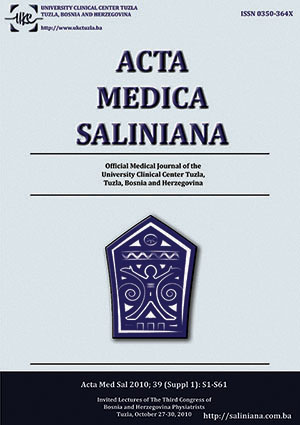
Scoliosis: the Basic Assumptions and Rules
Abstract
According to the general definition of scoliosis, it is an abnormal curvature of the spine. Rotation or more accurately twisting of the spine, may lead to a gradual curve, and it is almost always painless. Scoliosis is not a disease, it is a descriptive term. Curvatures of the spine in the frontal plane are present in order to maintain the upper body part in proper balance. However, when there are lateral curvatures of the spine, scoliosis exists as well. People with a family history of spinal deformity are at greater risk for scoliosis development. The early detection is essential. The risk factors for worsening of scoliosis curvatures, except for growth include: gender (scoliosis curvature in girls more often worsens during growth, as one compared to boys), age (when scoliosis appears in the younger child, the greater is the chance that the curvature will get worse), size of the curvature (with the higher degree of curvature, goes the greater probability that it will worsen over time), location (scoliosis curvature in the lower spine are with less opportunities of promotion than those in the upper spine). Unfortunately, scoliosis often becomes evident in the time when children become selfconscious about their bodies (10 to 15 years of age), so that parents and others have even less likelihood to see the problem. Scoliosis can lead to serious health problems, such as severe back pain, difficulty in breathing, physical deformities, and even injuries of lung and heart.
Keywords
scoliosis; risk factors worsening; health problems
DOI: 10.5457/ams.v39i1 Suppl..195
